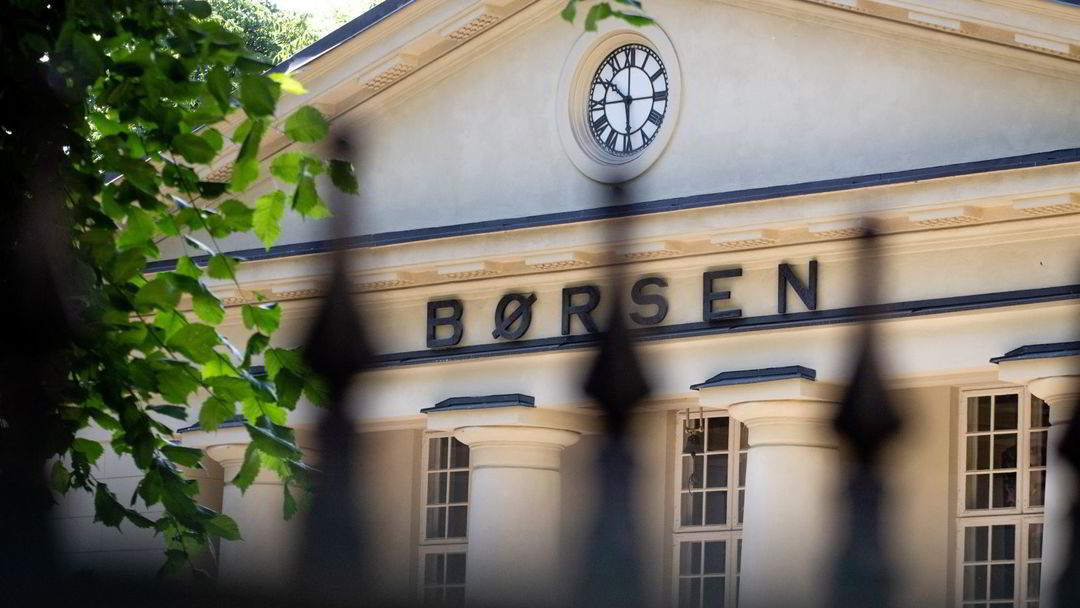This is apparent from research by the Land Registry, the government register of land and real estate. It scrutinized the sale of agricultural land between 2012 and 2020. In those years, 249 thousand hectares of agricultural land were sold. That is not very much, more than half of Dutch land consists of agricultural land (1.9 million hectares).
Agricultural land changes owner on average every 59 years, or in other words: 1.7 percent of agricultural land is sold annually. There is no difference between land for arable farming or livestock farming. The figures relate to sales on the free market. Plot exchange or the transfer of land within the family is not taken into account.
Certainly compared to other types of land, farmers are attached to their land. 5 percent of the residential land and commercial real estate changes ownership every year.
Kadaster found it in the current debate about agricultural land, nitrogen and possible expropriation relevant to chart the sale of agricultural land. ‘If you, as a policy maker, want agricultural use to become less intensive, then you need more insight into the current free market,’ says Paul Peter Kuiper, who led the research. “These facts matter. For example, if a farmer is unwilling to sell the land, the government may proceed with expropriation.’
Family businesses
The percentage of agricultural land that is sold has been falling since 2007, according to an earlier survey by the Land Registry. Since 2018, that percentage has decreased slightly again: 1.6 percent of the land changes ownership every year. Between 2012 and 2018 this was 1.8 percent.
Kadaster has not investigated why the mobility of agricultural land is so low. One reason could be that farmers simply need all the land for their agricultural activities. ‘We see that a large part is owned by private farms, the land is simply part of their agricultural activities,’ says Kuiper.
Also, a lot of farmland remains in the family and the land is passed on from generation to generation. Every year, 50 thousand hectares of farmland are transferred within the family, one sixth of all farmland transactions.
Farmland is hardly sold near towns and villages. Only 1 percent of agricultural land changes hands every year. Farmers may be less willing to sell this land because they wait for the land to increase in value if the destination changes and houses have to be built, for example. There is also little sale of agricultural land near protected nature reserves, the so-called Natura 2000 areas. If this does happen, it is regularly (in 15 percent of the cases) up to nature managers such as Staatsbosbeheer or the province.
–


